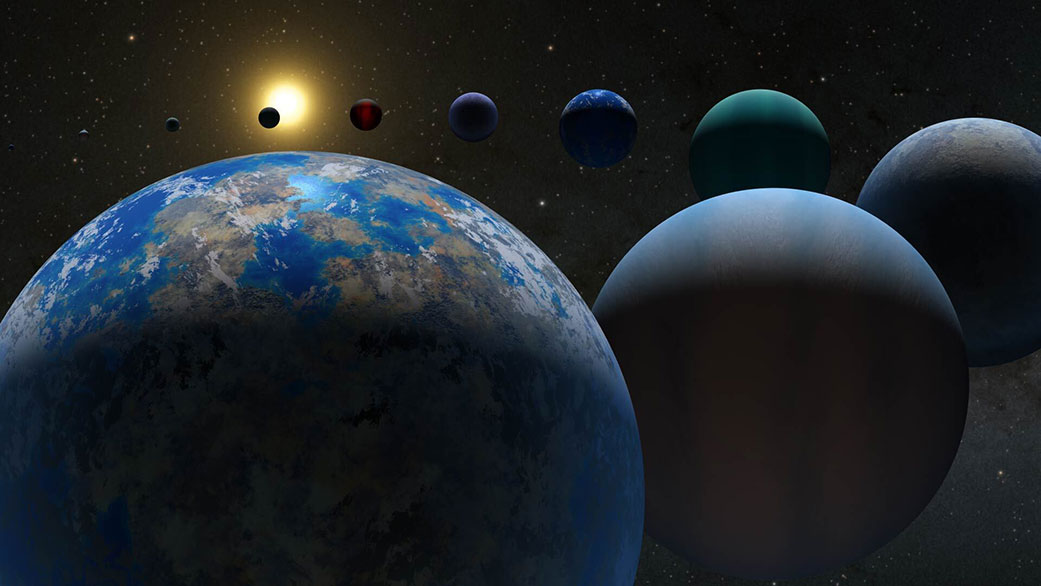The phenomenon of auroras, dazzling displays of light in the night sky, has captivated humanity for centuries. These celestial marvels are typically observed in polar regions, where solar particles collide with the Earth's atmosphere. However, recent events have unveiled surprising instances of auroras occurring at lower latitudes, challenging our understanding of these spectacular natural occurrences. One such event took place around Japan’s Honshu and Hokkaido islands on May 11, 2024, revealing an intricate blend of vibrant colors, including a striking blue-dominant aurora that researchers are eager to unpack.
The Emergence of a Unique Aurora
On the evening of May 11, 2024, a magnetic storm of unprecedented intensity swept across the skies above Japan’s Honshu and Hokkaido islands. This storm created optimal conditions for auroras, resulting in a spectacular display characterized by various hues. While low-latitude auroras typically manifest in shades of red due to the emission of oxygen atoms, the blooms that night presented a rare opportunity to observe a blue-dominant aurora.

Such a vibrant display was not merely a visual treat; it was an important scientific phenomenon that prompted researchers to seek explanations for its origins and characteristics. Recent studies leveraged data gathered from citizen scientists who captured the majestic phenomena using smartphones and other devices, providing a trove of information about the aurora's size, shape, and dynamics.
Data from Citizen Scientists
The advent of technology has allowed amateurs and enthusiasts alike to contribute valuable data, enriching the scientific community's understanding of natural phenomena. Videos and photographs collected by citizen scientists during the auroral display were pivotal to subsequent research on the blue-dominant aurora.
In a study published in the journal Earth, Planets and Space, researchers combined the public data with their own measurements taken from spectrophotometers to analyze the event comprehensively. Led by Sota Nanjo, a postdoctoral researcher at the Swedish Institute of Space Physics, alongside Professor Kazuo Shiokawa from the Institute for Space-Earth Environmental Research (ISEE) at Nagoya University, the research team utilized the plethora of data to investigate the complex nature of the aurora.
Research Findings
The findings of Nanjo and Shiokawa cast new light on the spatial structures of blue-dominant auroras, revealing unexpected configurations not previously established in low-latitude contexts. The researchers confirmed that the aurora exhibited longitudinal structures aligned with magnetic field lines, a first in the study of blue-dominant low-latitude auroras.
Key Discoveries
| Aspect | Description |
|---|---|
| Spatial Extent | The aurora extended approximately 1,200 km in longitude, showcasing three individual structures. |
| Altitude Range | The observed auroras ranged in altitude from 400 km to 900 km above the Earth's surface. |
| Magnetic Alignment | Structures were found to be aligned with magnetic field lines, suggesting unique interaction processes. |
The researchers also indicated that these blue-dominant phenomena were not only visually spectacular but also indicated unique processes occurring in the upper atmosphere during geomagnetic storms.
Understanding the Mechanisms Behind the Aurora
The consensus among scientists is that the ring current, which consists of charged particles orbiting Earth, plays a critical role in the formation of auroras. During magnetic storms, these energetic neutral atoms (ENAs) are believed to produce the light displays observed during auroras. However, the blue-dominant aurora observed on May 11 raised questions about the adequacy of the conventional ENA model.
“In this study, a structure of several hundred kilometers was found in the blue-dominant aurora in the longitudinal direction, which is difficult to interpret by ENA activity alone.” – Professor Kazuo Shiokawa
This statement encapsulates the scientific curiosity surrounding the event. The authors of the research proposed that while the model regarding ENAs was well-established, the significant auroral structures they observed might indicate the presence of uncharted mechanisms at play. Further examination revealed that other forms of ion acceleration might have contributed to the aurora's formation, particularly considering the altitudinal observations that did not correspond with sunlight penetration.
Potential Explanations for Blue Auroras
As the researchers dug deeper into the data, alternative explanations for the bluish hue were considered. A potential candidate is the process of resonant scattering of nitrogen molecular ions, which could create the characteristic blue color. However, prevailing theories indicated potential discrepancies in the observed altitude levels as sunlight alone would not penetrate deeply enough into the atmosphere to account for the findings; sunlight can only extend down to approximately 700 km.
Future Directions and Implications
The observations made during this event call for ongoing research to unravel the complexities of auroral mechanisms and their implications for understanding space weather phenomena. The unique findings about blue-dominant auroras present opportunities for future studies to explore the following:
- Development of more sophisticated models to predict auroral occurrences and behaviors.
- Utilization of citizen science data for large-scale environmental studies involving auroras.
- Investigation of the role of atmospheric chemistry in auroral formations and the sensitivity of such formations to solar activities.
Importantly, repeated opportunities to study blue-dominant auroras can lead to advancements in our understanding of Earth’s magnetosphere, gravitational interactions, and the broader context of atmospheric science.
Conclusion
The observation of a blue-dominant aurora across Japan's islands represents not only a significant scientific event but also a showcase of innovation in research through integrative data collection efforts, including contributions from citizen scientists. As scholars continue to unravel the mysteries behind this low-latitude aurora, the event serves as a reminder of the intricate and dynamic processes that shape our planet's environment and our understanding of the cosmos.
References
For more information:
1. Nanjo, S., Shiokawa, K., et al. (2024). Spatial structures of blue low-latitude aurora observed from Japan during the extreme geomagnetic storm of May 2024, Earth, Planets and Space. DOI: 10.1186/s40623-024-02090-9.
2. Takuya Usami's photography for visual representation of the auroras.
3. National Aeronautics and Space Administration's (NASA) guides on auroral occurrences internationally.



